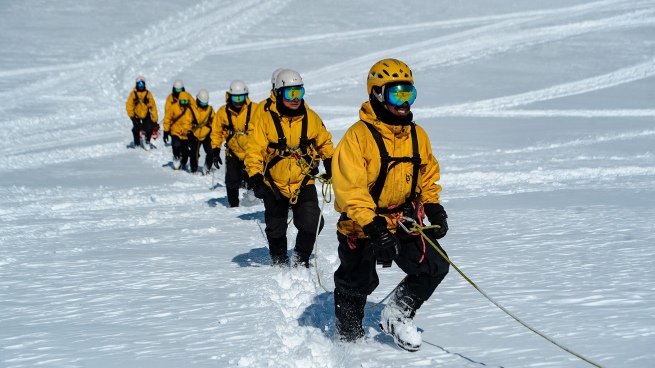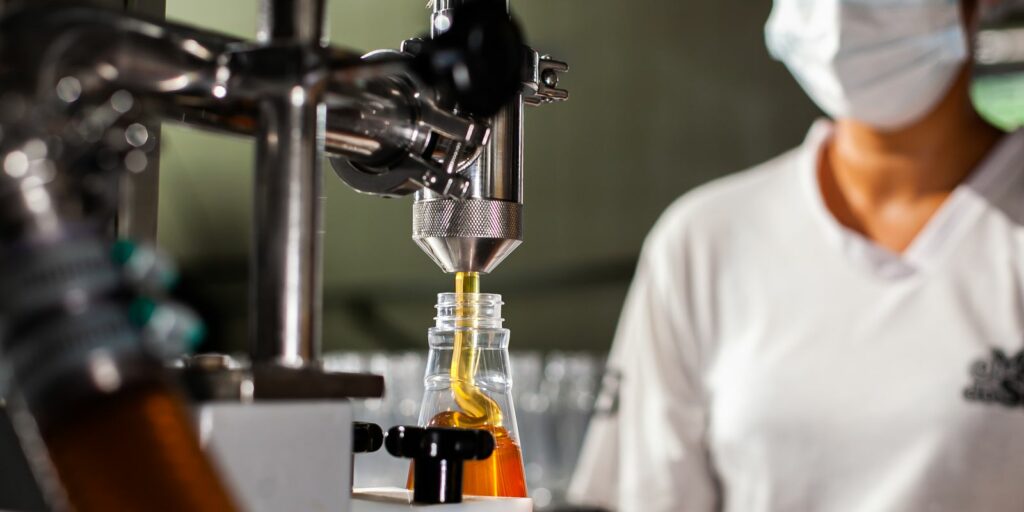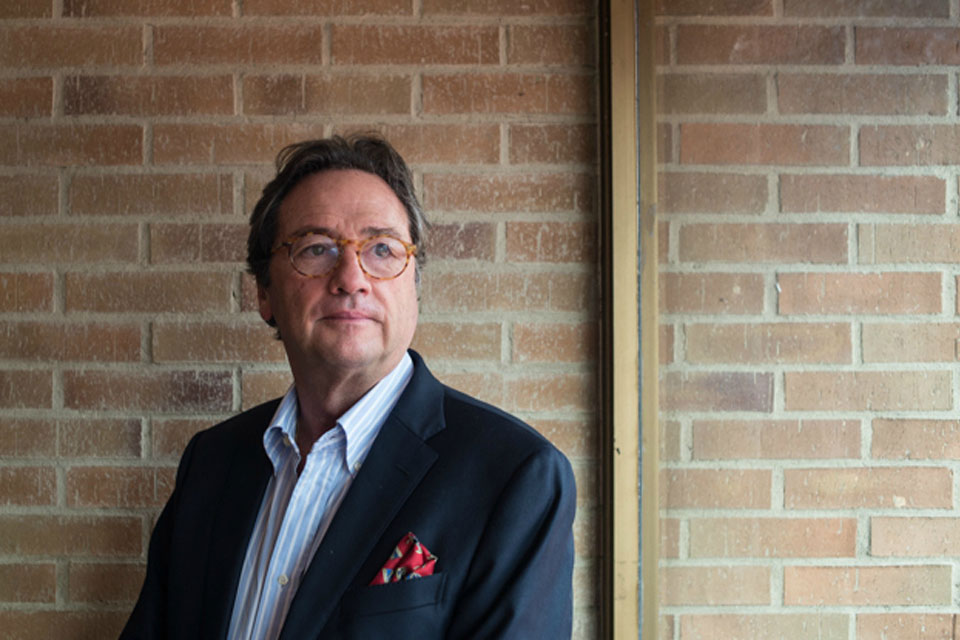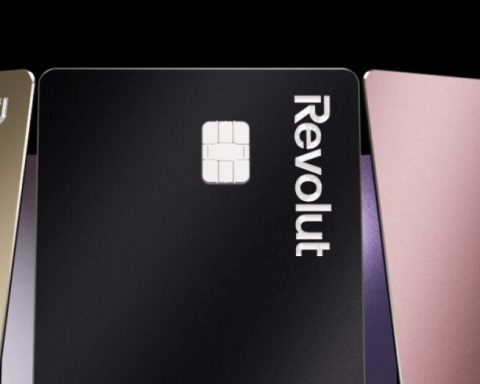More than fifty men and women who will be in charge of the exploration and rescue patrols in the 13 bases that Argentina operates in Antarctic territory during 2023 completed the final phase of their training with a three-week exercise in the Neuquén town of Caviahue, whose climatic and meteorological conditions are similar to those they will have to face on the white continent.
course participants “Polar Technique II” come from the three armed forces, the National Meteorological Service (SMN) and guests from other countries who complete their Antarctic training in Argentina.
Since mid-August, the group has been installed on the slopes of the Copahue volcano, two kilometers from the border with Chile, where, divided into four platoons, they completed four days of training in moving around in the environment, four days of survival techniques, another four of search and rescue operations, and four more of navigation and survival in the water, in Lake Caviahue.
Captain Leonard Grunwaldhead of the course, told Télam that “personnel training has been carried out in Caviahue since 1949, when General Pujato identified that the surroundings of the Copahue volcano offer conditions similar to those of Antarctica.”
After the selection process; all those who travel to one of the thirteen Argentine bases participate in courses and training for a year.
“By 2023 the Cocoantar trains -from December 2021- 125 students in maintenance tasks, electronics, and in the case of the nearly 50 who are here they will have the responsibility of guaranteeing security at the exits of the bases”, Grunwald went on.

“In Antarctica, many scientific tasks are carried out in camps that are set up in some cases more than 100 kilometers from the nearest base or sailing with semi-rigid boats through the ice. These men and women will be responsible for accompanying the scientists. and facilitate their tasks, and they have to be prepared to organize a rescue mission or survive any emergency that may arise,” he added.
On a slope some 1,800 meters above sea level, each patrol simulated the rescue of a wounded person who had fallen into a crevasse, while the instructors and a psychologist evaluated their behavior.

One kilometer away, another patrol was using shovels and saws to cut 2,000 blocks of compacted snow 60 centimeters long by 20 centimeters high and 20 centimeters wide. The goal was to build, in 6 hours, an igloo capable of sheltering eight people. Together that shelter too they were to build a “snow cave”using shovels to dig a hole more than a meter deep in the white mantle and then widen it until four people could lie down.
The instructor told Télam that “this is probably the challenge of the course with the greatest physical effort. It is not about them acquiring survival techniques but about seeing how they organize themselves to meet the objective.”
And he added that “building a structure like this can take 6 hours for a fast and skillful team, but sometimes there are sudden changes in the weather that don’t give as much time, and for that we teach them how to make the caves in the snow that, before an emergency, they can be ready in half the time.
“This is probably the challenge of the course with the greatest physical effort. It is not about acquiring survival techniques but about seeing how they organize themselves to meet the objective”Captain Leonard Grunwald

In the instruction for displacements in Antarctic territory, they had to march about 45 kilometers a day on the snow on uneven terrain carrying their backpacks with 25 kilos of weight and pulling the sleds with harnesses.
Lake Caviahue, with waters between one and two degrees below zero, is the place where the students -protected by anti-exposure suits- had to jump from the semi-rigid boats three times a day to train rescue situations in the event that someone fell or the boat turned over.
An instructor told Télam that “navigating boats in Antarctica is difficult due to the weather, the waves and the presence of ice, so although many of those who go have already had training in boats, or are divers, they must understand all the particularities. There, these anti-exposure suits are mandatory, which allow them to survive 10 minutes in the icy water, without them they would not last more than three even if they knew how to swim.”

Fresh out of the water, the captain of the Army vanessa rivas told Télam that his “family is from Comodoro Rivadavia and my father was a Malvinas combatant. I attended the General Roca high school in Comodoro Rivadavia and decided to enter the Military College. chief who had served in Antarctica and everything he told me encouraged me to apply.
“You can see that there are beginning to be more women in Antarctica, there are already wintering women in several bases, I am not the only one in this course and I think it is a very positive process”Vanesa Rivas, captain of the Army
“My role is going to be second in command of the Orcadas base, and I think that the main thing is to learn as much as possible from experiences like this to form the best possible work group,” he stressed.
Rivas considered that “it shows that there are beginning to be more women in Antarctica, there are already wintering women in several bases, I am not the only one in this course and I think it is a very positive process.”

The head of the Cocoantar, the brigadier general Edgar Caladintold Télam that “the students have to deploy all the skills that they will need in tasks outside the base or in its maintenance. This gives them a glimpse so that they can perform correctly in the risk situations that can be caused by the Antarctic conditions, so it is vital that they pass this training.
“For example, the divers had already done the Antarctic waters course, but another thing is to come and jump into the icy water. This is where it is verified how they incorporated the knowledge and behaviors; the latter is also very important because there are many months of isolation and forced coexistence that lie ahead, and that is why we work a lot with psychologists in the prior preparation,” he said.
“I dare to say that Argentina has the only Antarctic school in Latin America and that only the United Kingdom has a system with some similar characteristic, but we have thirteen bases, seven of which are permanent, and that forces us to have a number of personnel. well trained and trained to operate them safely”Calandín completed.
Proud of the men and women of the Armed Forces who carry out a very rigorous pre-Antarctic training in the Copahue Caviahue area, Neuquén, before being deployed in the Antarctic bases.
Together with TG Paleo we supervise the training dictated by @cocoantar pic.twitter.com/xbIDfOsb6P– Jorge Taiana (@JorgeTaiana) September 9, 2022
Defense Minister, Jorge Taianawho supervised the development of the exercises, affirmed that “Caviahue in August and September meets the favorable geographical characteristics for the training of the personnel that will be assigned to Antarctica.”
“The presence in Antarctica and the South Atlantic, the extension on the continental shelf and the claim for the full exercise of sovereignty over Malvinas are a priority for our government,” said the minister who traveled with the head of the Joint Chiefs of Staff of the Armed Forces, Lieutenant General Juan Martín Paleo and other officials from the Defense portfolio.



















